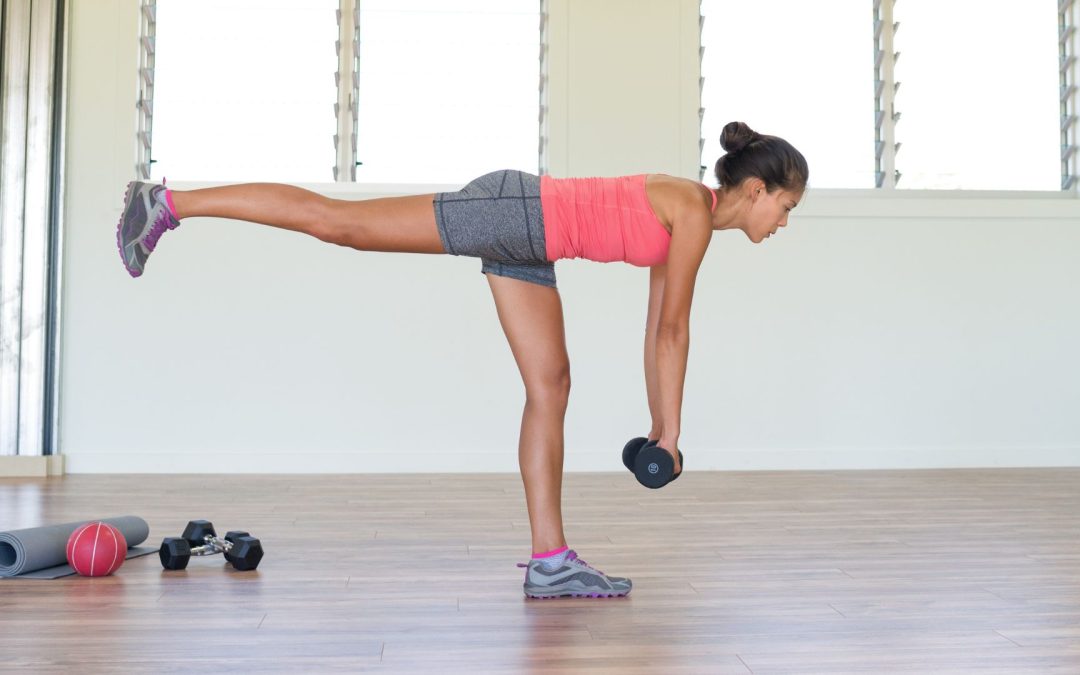Between parties, late-night shopping, long to-do lists, work, kids, and the normal day-to-day routine, it’s easy to see how a strict running schedule might have gotten off course during the holidays. And even with the New Years behind us, you may be having a hard time getting back on track. In times like these, it can be helpful to shelve your running shoes (just for a little while) and try something new when it comes to ways to train.
And, you won’t completely derail your progress just because you take a break from pounding the pavement. In fact, a planned break from running may be exactly what your body needs. Here are four ways to train that don’t involve running:
Indoor Cycling
Runners of all levels can benefit from indoor cycling. Not only does it take the impact off of your knees and hips, but performing high-intensity intervals is also an effective way to improve running performance. If you have access to a spin class, get yourself in there at least two times a week. But no worries if you don’t. An upright bike (it doesn’t have to be a spin bike) will still challenge your cardiovascular system and strengthen your legs—something every runner needs.
Try a workout that includes riding uphill in a harder gear to build strength or do short sprints out of the saddle to increase your heart rate and build endurance. Riding out of the saddle also mimics running more than sitting down for the duration of the workout.
Strength Training
Some runners shudder at the idea of stepping foot in a weight room—it’s inside and it’s boring. But, before you say “no way” to lifting weights, consider this: A well-designed overall strength training program—with a focus on your lower body and core—will help you become a better runner. Try a full-body circuit that includes movements such as squats, lunges (forward and lateral), kettlebell goblet squats, single-leg Romanian deadlifts, bridges, chest press, lat pull-down, rows, kettlebell swings, and core work (planks, reverse crunches, stability ball crunches, etc). Weight training two to three days a week, mixed in with two to three days of cardio, is guaranteed to keep your fitness level up.
Learn more about RunSmart’s Strength Training program here.
Aqua Jogging
If you’ve never tried running in the pool, then you’re in for quite a surprise. Aqua jogging has traditionally been used as a way to rehab from injuries, but research has also demonstrated some impressive cardiovascular benefits for runners. In fact, aerobic endurance was maintained with this deep water workout for up to six weeks in trained endurance athletes. For runners looking for a good cardio workout without the strain to their joints and muscles, aqua jogging is a good place to look. Since your feet don’t touch the bottom, a lot of people like to use a flotation device around their waist to help keep their head above water while maintaining proper form. For an added challenge, try doing interval training, Fartlek training, or temp runs while in the pool.
Get On The Floor
Yoga might seem a bit easy—especially if you’re used to clicking off 20+ miles per week—but spend some time doing the “eagle” or the “pigeon pose,” and you’ll wish running 20 miles was all you had to do. Yoga moves are best known for their ability to develop flexibility and whole-body strength, but runners will also get the added benefit of better running form, efficiency, and power. If you’re new to this method of exercise, it’s a good idea to start with a class so you can learn proper form and breathing techniques. Once you have a grasp of the poses and exercises, you can work out from home using a variety of online videos such as the yoga series from RunSmart.
Bonus Nutrition Tip
Your planned running break is also an ideal time to take inventory of what you’ve been feeding your body. As a runner myself, I know how easy it is to fall into the “I can eat anything” mentality, which often includes a lot of carbs. Use this period of reduced activity to focus on eating lean protein and fibrous fruit and vegetables. Your body uses protein to build and repair tissues, make enzymes, hormones, and other body chemicals. Research has found that a higher intake of protein is recommended for endurance athletes compared with healthy non-exercising individuals. A good rule of thumb is to space your protein throughout the day, consuming 15-25 grams at each of your four meals.
What are some ways you train that don’t involve running? Your tips may help another member of our community. Let us know about them in the comments!











